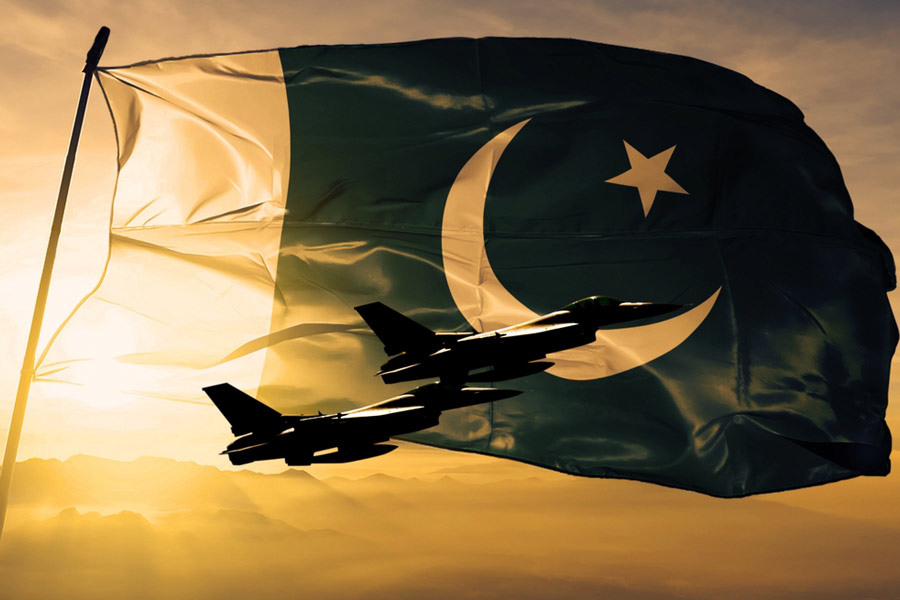Rights groups are dismayed that Monday’s Supreme Court judgment upholding the validity of reservation for the Economically Weaker Sections has linked the 50 per cent quota ceiling to SC, ST and OBC reservations alone, leaving the EWS out of it.
The judgment had said the ceiling was “not inflexible” while allowing the total reservation volume to rise above the 50 per cent mark with the EWS quota.
This had led groups fighting for the rights of disadvantaged sections to demand that the quota volumes for the SCs, STs and OBCs -- now at a cumulative 49.5 per cent -- too be increased in proportion to their shares of the population.
However, a detailed reading of the judgment shows that the majority verdict that upheld the EWS quota said the 50 per cent ceiling applied only to the quotas for the socially and educationally disadvantaged sections.
The rights groups fear that the SC, ST and OBC quotas may now never be raised while the EWS quota might be, and have asked the central government to clarify its stand and whether it plans to seek a review of this part of the judgment.
The Supreme Court had in its Indira Sawhney judgment of 1992 held that the total volume of reservation should not exceed 50 per cent, barring certain extraordinary situations.
In keeping with it, reservation for the SCs, STs and OBCs has been kept at 15 per cent, 7.5 per cent and 27 per cent, respectively, in central government jobs and admission to central educational institutions.
In 2019, Parliament enacted a constitutional amendment to provide for 10 per cent reservation on economic grounds.
The EWS quota excludes the SCs, STs and OBCs since they already have the benefit of reservation as socially and educationally backward classes under Articles 15(4), 15(5) and 16(4) of the Constitution.
Monday’s judgment said: “Reservation for economically weaker sections of citizens up to ten per cent in addition to the existing reservations does not result in violation of any essential feature of the Constitution of India and does not cause any damage to the basic structure of the Constitution of India on account of breach of the ceiling limit of fifty per cent because, that ceiling limit itself is not inflexible and in any case, applies only to the reservations envisaged by Articles 15(4), 15(5) and 16(4) of the Constitution of India.”
G. Karunanidhy, general secretary of the All India OBC Employees Welfare Association, said: “Because of the Supreme Court ruling (of 1992), reservation for the social categories was kept below the 50 per cent ceiling. Now the Supreme Court says the ceiling is only applicable to the social categories and not the EWS. The government should clarify its stand on this.”
He added: “Prime Minister Narendra Modi belongs to the OBC community. Does he accept that the quota percentage for the OBCs, SCs and STs should remain as it is forever? If not, the Union government should file a review petition to revisit this portion of the judgment.”
Hansraj Suman, chairman, Forum of Academics for Social Justice, said that if the reservation ceiling was to be treated as flexible, reservation for the SCs, STs and the OBCs should be increased to match their share of the population.
According to the 2011 census, the SCs and STs constitute 16.6 per cent and 8.6 per cent of the population, respectively.
“The OBCs are about 52 per cent of the population according to the 1931 census. The government should release the caste census data and increase the quota volume for the SCs , STs and OBCs,” Suman said.










